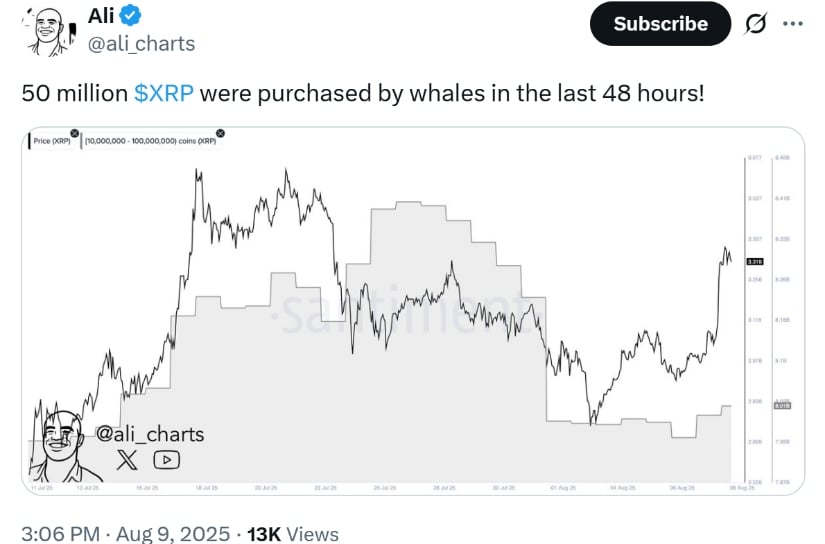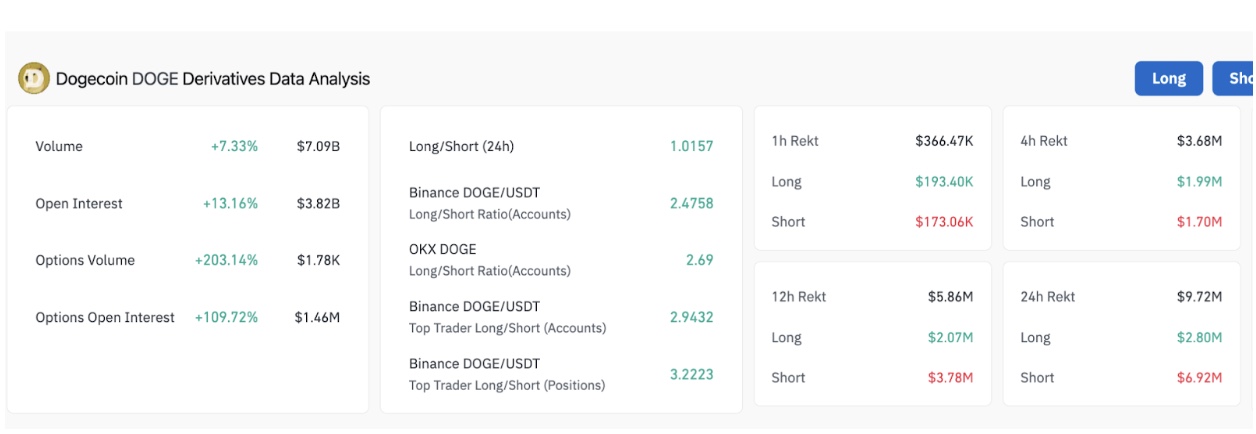LSDs Drive DeFi Growth With $21.6 Billion TVL Post-Shanghai Upgrade
Liquid staking derivatives (LSDs) are tokens that represent staked cryptocurrency assets and can be used in decentralized finance (DeFi) activities. These tokens allow users to retain liquidity while earning staking rewards. LSDs are gaining traction in the crypto space, particularly in the Ethereum ecosystem, with a combined total value locked (TVL) of $21.6 billion, and Lido alone accounting for over $14 billion in TVL [1].
Ethereum’s transition to a Proof-of-Stake (PoS) consensus model through “The Merge” allowed users to stake ETH in exchange for staking rewards, which are projected to yield between 3-6% annually [1]. However, staked ETH is locked and not capital-efficient. Liquid staking solves this by issuing LSDs—liquid tokens that represent the staked ETH. These tokens can be used in DeFi protocols to earn additional yields, such as through lending, liquidity provision, or trading [1].
The Shanghai upgrade further enhanced the appeal of LSDs by enabling the withdrawal of staked ETH through a withdrawal queue, thereby reducing liquidity constraints [1]. Following the upgrade, platforms offering LSDs began to see increased adoption. These platforms typically charge a 5-10% commission fee on staking rewards, which contributes to their revenue and supports ongoing development [1].
Lido Finance is the leading provider of LSDs, with over 4.64 million ETH staked, equivalent to approximately $7.19 billion at current prices. Lido issues stETH (staked ETH), a token that accrues staking rewards over time. A wrapped version, wstETH, was later introduced to simplify integration with DeFi protocols [1]. Lido’s dominance in the market is significant, with 72.9% of the liquid staked ETH market share and 31% of all ETH staked on Ethereum. However, its centralization risk has raised concerns, particularly as it approaches a potential 33% threshold, beyond which network security could be compromised [1].
Rocket Pool is another major player in the LSD space, emphasizing decentralization. It allows users to stake ETH with lower entry barriers compared to Lido, requiring only 16 ETH plus RPL (Rocket Pool’s governance token). Rocket Pool offers a 5-20% commission structure and rewards node operators with additional RPL tokens [1]. Despite its decentralized approach, the platform faces risks related to inflation and the potential devaluation of RPL if market conditions turn unfavorable [1].
Frax Finance has rapidly emerged as a competitive option in the LSD space, having increased its staked ETH by 40% in early 2023 [1]. Frax offers frxETH, a liquid staking derivative that provides higher yields compared to other platforms. The sfrxETH variant, which accrues value over time, offers an annual yield of around 6.63%, outperforming Lido and Rocket Pool. Frax’s integration with Curve Finance and Convex Finance allows users to generate additional yields through liquidity provision and staking incentives [1]. However, as the TVL in frxETH grows, the APR may decline due to the distribution of incentives across a larger user base [1].
StaFi and Stader are newer entrants in the LSD space. StaFi, one of the earliest liquid staking protocols, allows staking with low ETH requirements, but its staking APR is relatively modest at 3.4% [1]. Stader, which previously operated on the Terra chain, is expanding into multi-chain staking and plans to launch ETHx in early 2023. Both projects face challenges related to liquidity, token supply, and market competition [1].
The growing popularity of LSDs is transforming the DeFi landscape by enabling users to generate multiple streams of income from their staked assets. Platforms such as Pendle Finance are also leveraging LSDs to tokenize and trade yield, further expanding the utility of staked assets [1]. As the market evolves, investors are advised to evaluate factors such as yield rates, liquidity, decentralization, and the risk profiles of individual platforms.
The Shanghai upgrade has catalyzed this trend by unlocking staked ETH and improving capital efficiency. As LSDs continue to gain adoption, the ecosystem is expected to see further innovation and competition, particularly in the areas of yield generation, tokenomics, and decentralization [1].
Source: [1]title:What are Liquid Staking Derivatives (LSDs) and How Do They Unlock Liquidity?
url:https://www.coingecko.com/learn/what-is-liquid-staking-liquid-staked-derivatives-you-need-to-know
Source link
Written by : Editorial team of BIPNs
Main team of content of bipns.com. Any type of content should be approved by us.
Share this article:








